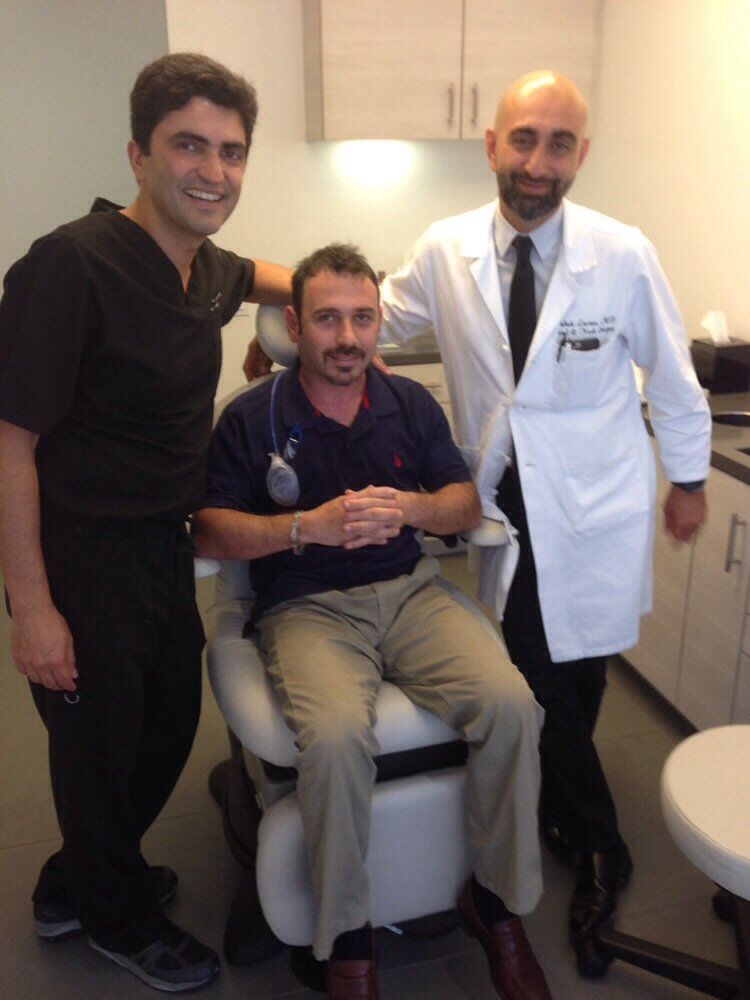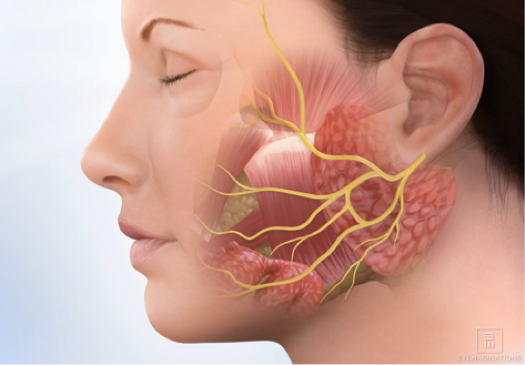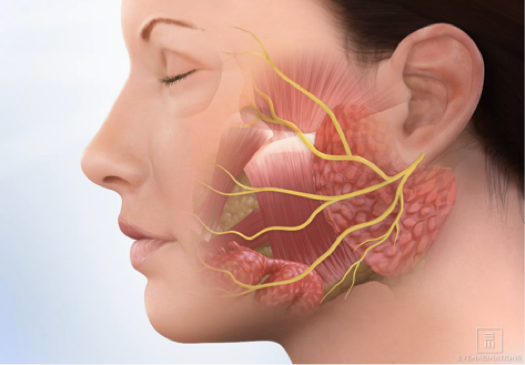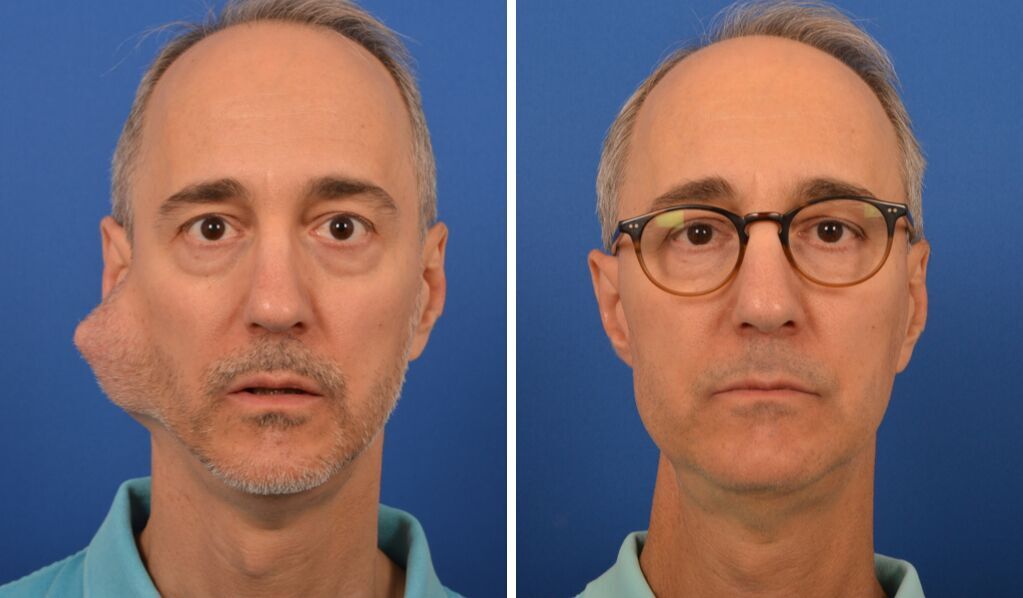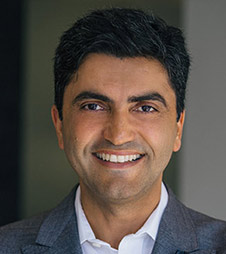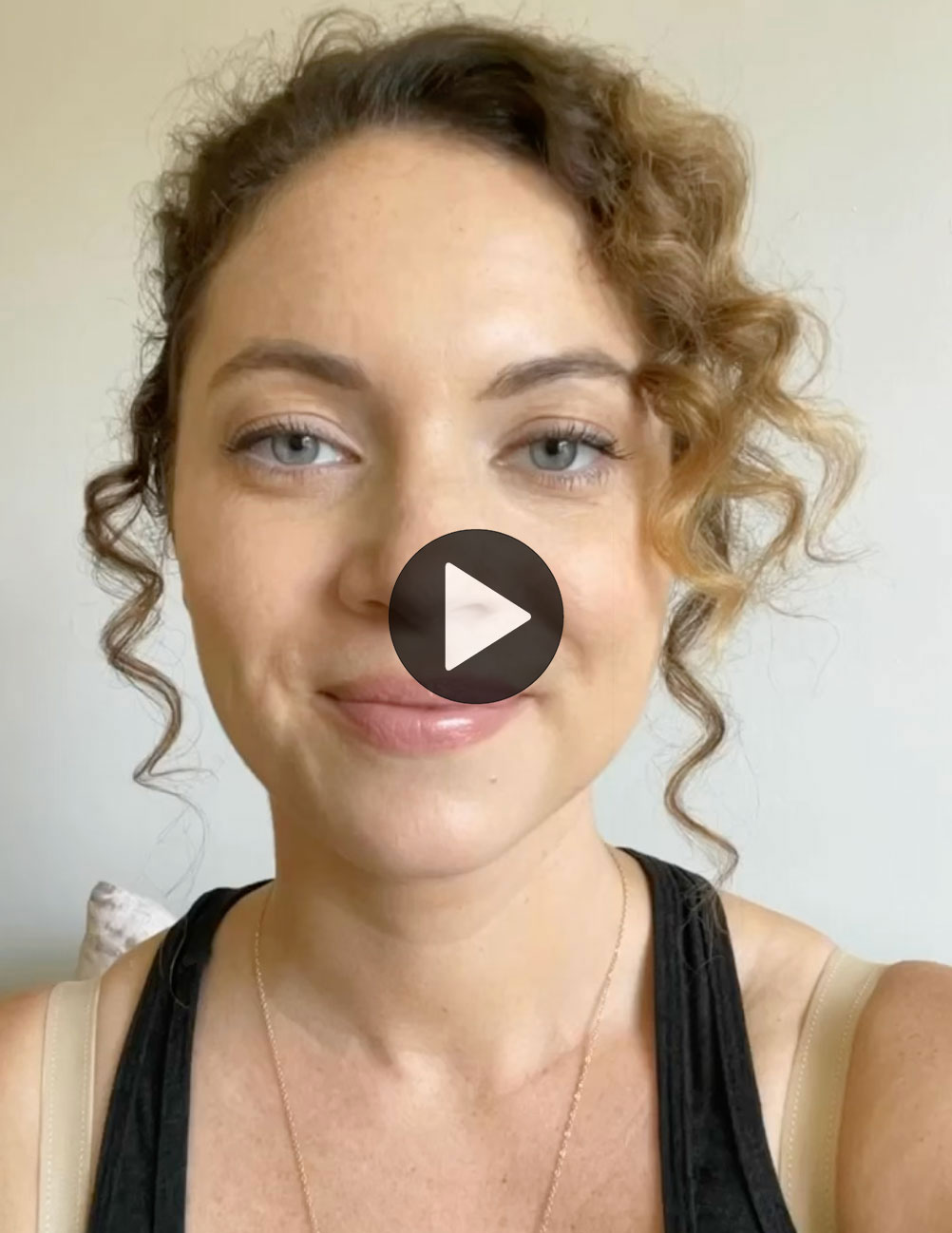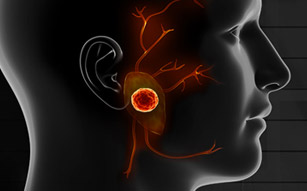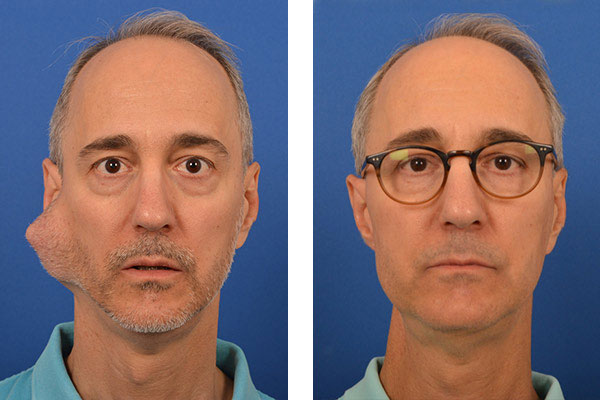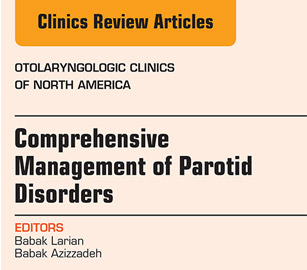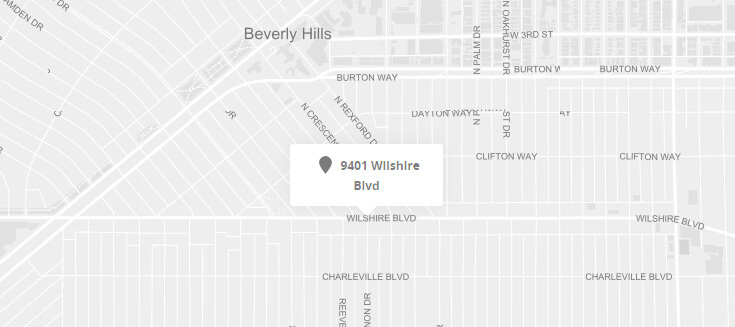The facial nerve starts from the brain and travels out of the skull and passes through the parotid gland to get into the muscles of the face that it controls. Once the facial nerve enters the parotid gland, it generally divides into two branches, which are called the upper and lower division, and then into 5 other main branches, which further divide into many smaller branches that connect to the facial muscles. Facial nerve branching is like a tree in that no two facial nerve branch systems are the same and your surgeon won’t be able to see your facial nerve branch system until surgery begins. It is very important to understand this and appreciate that great expertise is required to be able to dissect the nerve, find all of the branches, and protect them throughout the parotidectomy.
A cutting-edge nerve integrity monitor should be used throughout the entire parotid surgery to observe and protect the facial nerve. Once the parotid tumor is removed, your surgeon should confirm the facial nerve’s function by stimulating its branches and main trunk to ensure the associated muscles are moving properly. If everything is moving properly, the incisions will be closed and the surgery will be deemed a success.
However, in some complicated cases (usually in rare and advanced cancer patients), the location and scope of the disease may prohibit the preservation of the facial nerve. In these instances, it is critical to have a facial nerve expert present for the parotidectomy so that the facial nerve can be repaired immediately, by repairing the damage with a nerve graft or other advanced techniques.
Now that you understand the close relationship of the parotid and the facial nerve, it is important that one of your top criteria for choosing a parotid surgeon is expertise in the facial nerve, so that not only is your tumor removed, but also your smile is saved!










